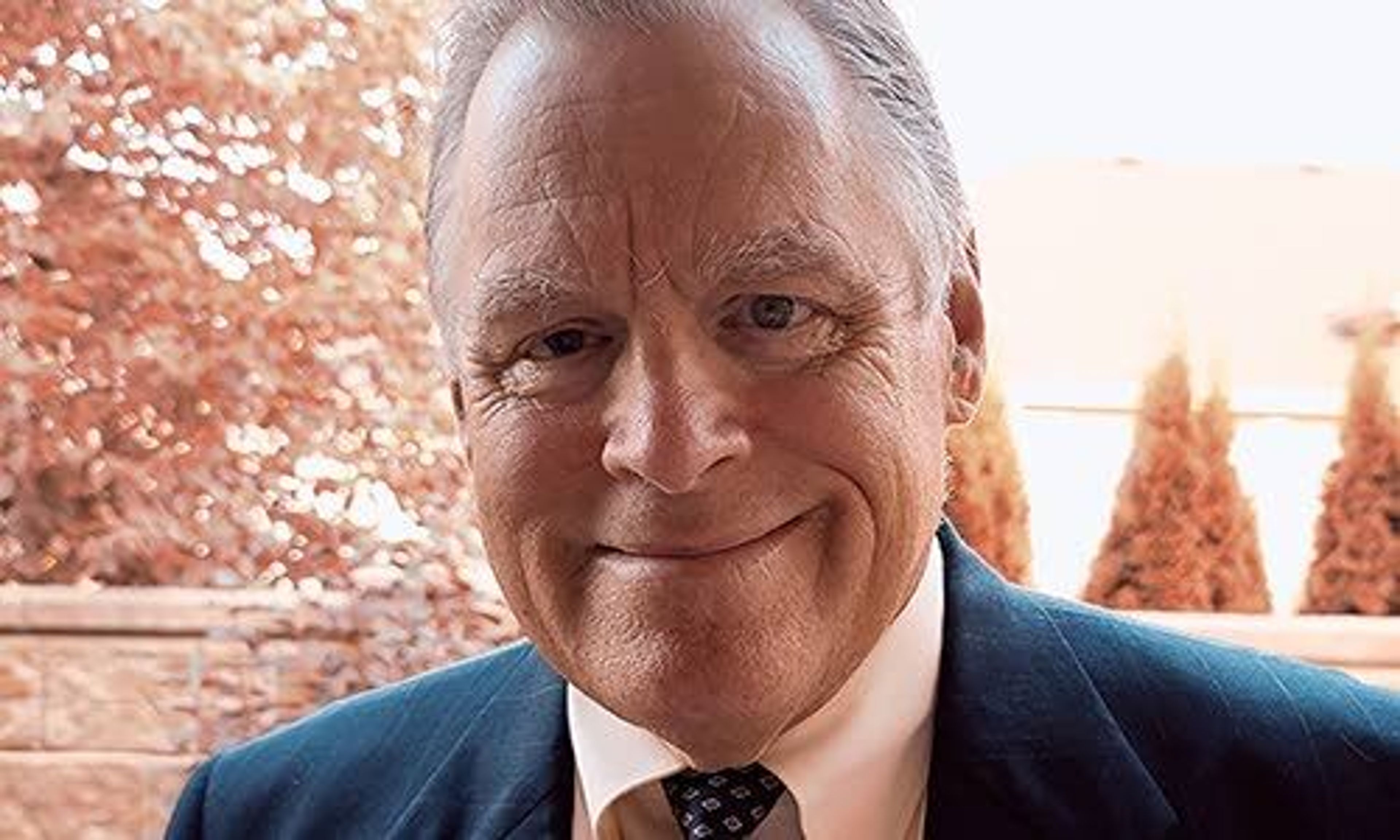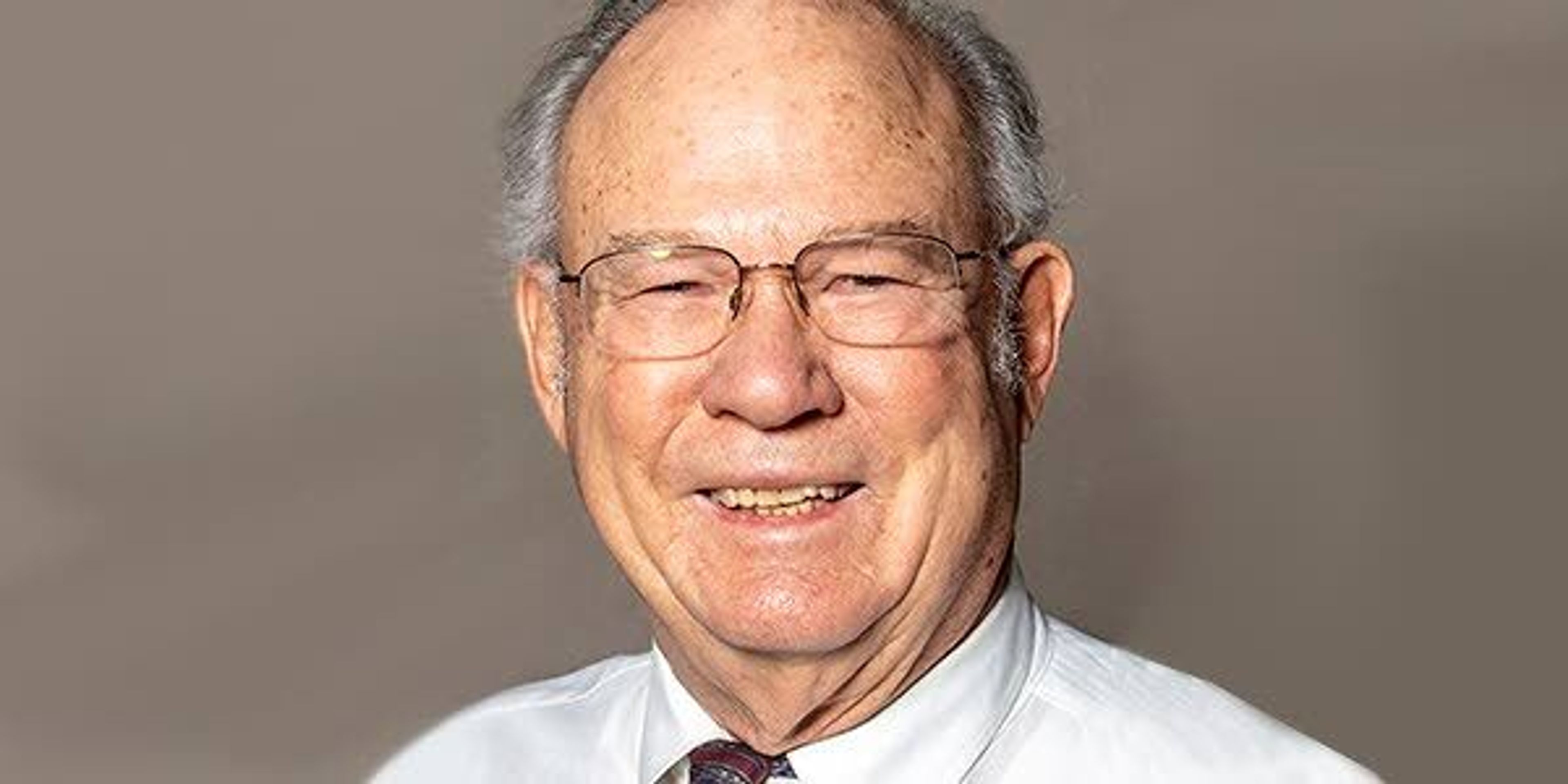OPINION: Will Idaho solve school building problem in ’24?
Editorial: The Tribune’s Opinion
In his State of the State address Monday, Idaho Gov. Brad Little said something you have not often —if ever —heard from his predecessors:
“... We are far from meeting our obligation to ‘maintain a general, uniform and thorough system of public, free common schools,’ as required by the Idaho Constitution.”
And, Little said, that constitutional obligation extends beyond paying for classroom instruction. It includes school buildings.
Traditionally, governors and legislators have sought to minimize the state’s role in school construction and maintenance, leaving it to local patrons to ante up property tax dollars to pay the bills. But nowhere in the country is it more difficult to come up with the resources. It takes a two-thirds majority to pass a school bond, a threshold required by only one other state, Kentucky.
The reliance on local property taxes puts communities — especially those in rural Idaho — with low to moderate property tax wealth at a disadvantage. To raise enough money, they must agree to much higher tax levies.
The poster child for this gulf between Idaho’s haves and have-nots is Salmon, where attempts to pass a school bond have failed a dozen times in a row since 2006.
But voter fatigue is spreading to Idaho’s wealthier urban centers as well. Last November, Idaho Falls voters rejected a $250 million bond to, among other things, replace a high school that opened during President Harry Truman’s final year in office. Earlier in the year, voters in the fast-growing West Ada (Meridian) School District turned thumbs down on a $500 million plant facilities levy.
Two years ago, Idaho’s Office of Performance Evaluations partially quantified the gap. After surveying 77 of Idaho’s 115 school districts, OPE concluded the state needed $847 million just to bring school buildings up to a level of “good,” not “perfect.” And if you factor in the remaining school districts, the number certainly exceeded $1 billion. On a per-pupil and school infrastructure spending basis, Idaho’s investment in its educational physical plant is among the nation’s lowest.
Monday, Little avoided repeating former Gov. Dirk Kempthorne’s attempt to reduce the supermajority needed to pass a bond — an idea that got nowhere fast with lawmakers a generation ago.
But Little got the numbers right. He’s asking for $2 billion across a decade. As the Idaho Statesman’s Ian Max Stevenson reported, that means raising a $1 billion bond with the other $1 billion coming from state sales tax revenues.
Even groups long since grown skeptical of previous political gimmicks designed to kick the school facilities can down the road see promise in this approach.
Little has identified where to get the money.
How to spend it, of course, is up to the Legislature.
Therein lies one rub — at least for the patrons of the Lewiston School District.
Seven years ago, the voters of that district went to the polls and by a 75% margin agreed to tax themselves in order to build a $59.8 million high school. It’s not the only reason, but the school construction bond has contributed to Nez Perce County having the highest average property tax levies in the state — at 1.344%. In Ada County, for instance, that average property tax rate is 0.711%.
Of course, the children of Lewiston are benefiting from a modern high school with world class career technical training opportunities through the A. Neil DeAtley Career Technical Education Center at Lewiston High School and the Lewis-Clark State College Schweitzer Career & Technical Education Center.
As Little noted, students across the state are not as fortunate:
“We’ve all seen the pictures and videos of some Idaho schools that are neglected — crumbling, leaking, falling apart.
“In one school I visited, raw sewage is seeping into a space under the cafeteria.
“Folks, we can do better.”
So the priority remains providing every child in this state with the opportunity to attend school in a safe, healthy and nurturing environment. Nonetheless, it was Little who issued this promise: “We should not punish those that have stepped up and invested in their facilities locally, nor should we disproportionately reward those communities that have chosen not to upkeep their school buildings.”
For people of Lewiston — and other communities — who have already done the heavy lifting, it’s not too much to ask: What’s in this plan for us? — M.T.








